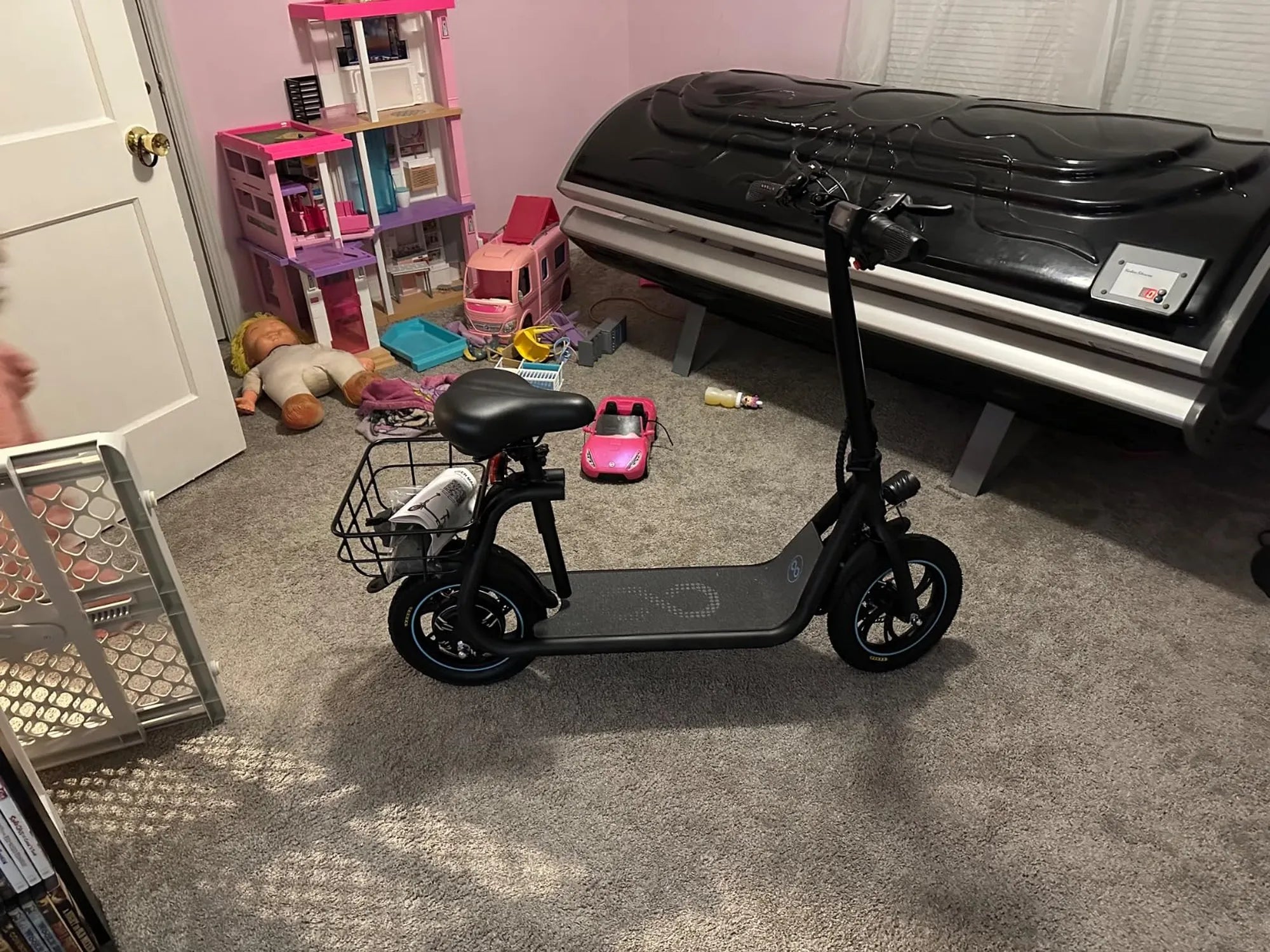Electric scooters have taken urban commuting by storm, offering a convenient and eco-friendly way to navigate busy streets. But as more riders hop on the trend, a common question arises: do all electric scooters have the same charger? The short answer is no—but the details are far more nuanced. Whether you're a first-time buyer or a seasoned rider, understanding charger compatibility can save you time, money, and frustration.
Why Charger Compatibility Matters
Not all electric scooters are created equal, and neither are their chargers. Using the wrong charger can lead to slow charging times, reduced battery life, or even permanent damage. Manufacturers design chargers with specific voltage, amperage, and connector types to match their scooter's battery requirements. Plugging in an incompatible charger might seem harmless at first, but over time, it can degrade your battery's performance.
Types of Electric Scooter Chargers
Electric scooter chargers generally fall into three categories:
- Standard Chargers: These are the most common and come included with the scooter. They typically deliver a steady charge at a moderate speed.
- Fast Chargers: Designed to reduce charging time, these chargers supply higher amperage but may generate more heat, which can affect battery longevity.
- Universal Chargers: Some third-party chargers claim to work with multiple scooter models, but compatibility isn't always guaranteed.
Connector Types and Their Differences
Beyond voltage and amperage, the physical connector plays a crucial role in compatibility. Common connector types include:
- Barrel Connectors: These cylindrical plugs are widely used but vary in size and polarity.
- XLR Connectors: Often found in higher-end models, these are more durable but less common.
- Proprietary Connectors: Some brands use unique plugs to prevent third-party charger use.
How to Find the Right Charger for Your Scooter
If you've lost your original charger or need a replacement, follow these steps:
- Check the Manual: The manufacturer's specifications will list the correct voltage, amperage, and connector type.
- Inspect the Port: Compare the charging port on your scooter with potential replacements to ensure a proper fit.
- Consult the Manufacturer: Reach out to customer support for verified compatible chargers.
Risks of Using the Wrong Charger
While it might be tempting to borrow a friend's charger or buy a cheap alternative, doing so can have serious consequences:
- Overcharging: A charger with higher voltage can overwhelm the battery, leading to overheating or swelling.
- Undercharging: A low-power charger may not fully replenish the battery, reducing your scooter's range.
- Short Circuits: Mismatched connectors can cause sparks or damage the charging port.
Tips for Extending Battery Life
To keep your scooter's battery in top shape, consider these best practices:
- Avoid Extreme Temperatures: Charging in very hot or cold conditions can harm the battery.
- Unplug When Fully Charged: Leaving the charger connected for extended periods can degrade battery cells.
- Store at Partial Charge: If you won't use the scooter for a while, keep the battery at 50-60% capacity.
Electric scooters offer a fantastic way to zip through traffic, but their charging systems aren't one-size-fits-all. By understanding the differences in chargers and following best practices, you can ensure your ride stays powered up and ready to go. Don't let a simple charging mistake cut your journey short—equip yourself with the right knowledge and keep rolling smoothly.

Share:
Electric Scooters Under $350: Affordable, Efficient, and Eco-Friendly Commuting
Electric Scooters Perth Western Australia: The Ultimate Guide to Urban Mobility